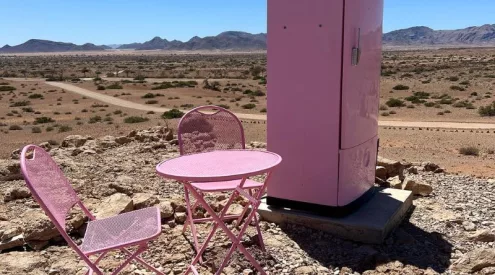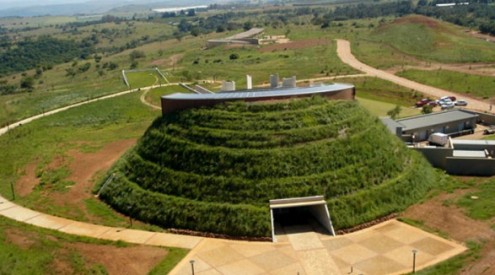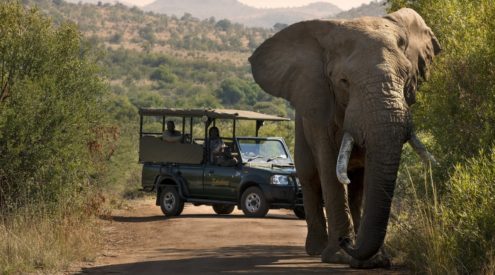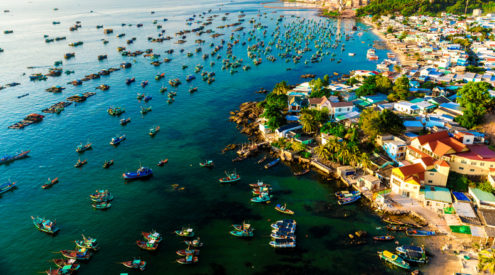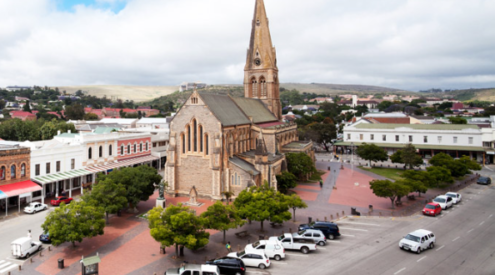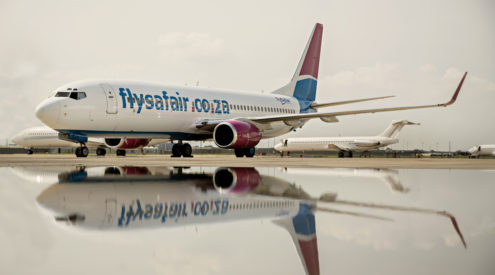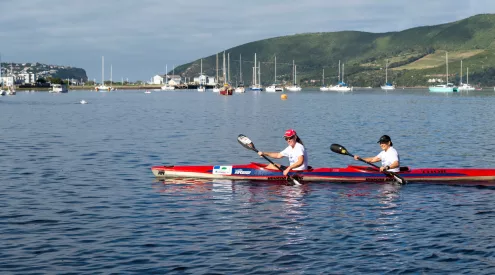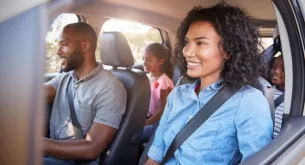Billions of users are flocking to social platforms for travel inspiration, basing their choices on the reviews and recommendations of their favourite content creators and TikTok is leading the way. Here’s how it’s influencing the travel industry.
By Scott Thwaites, Head of Emerging Markets for TikTok Global Business Solutions
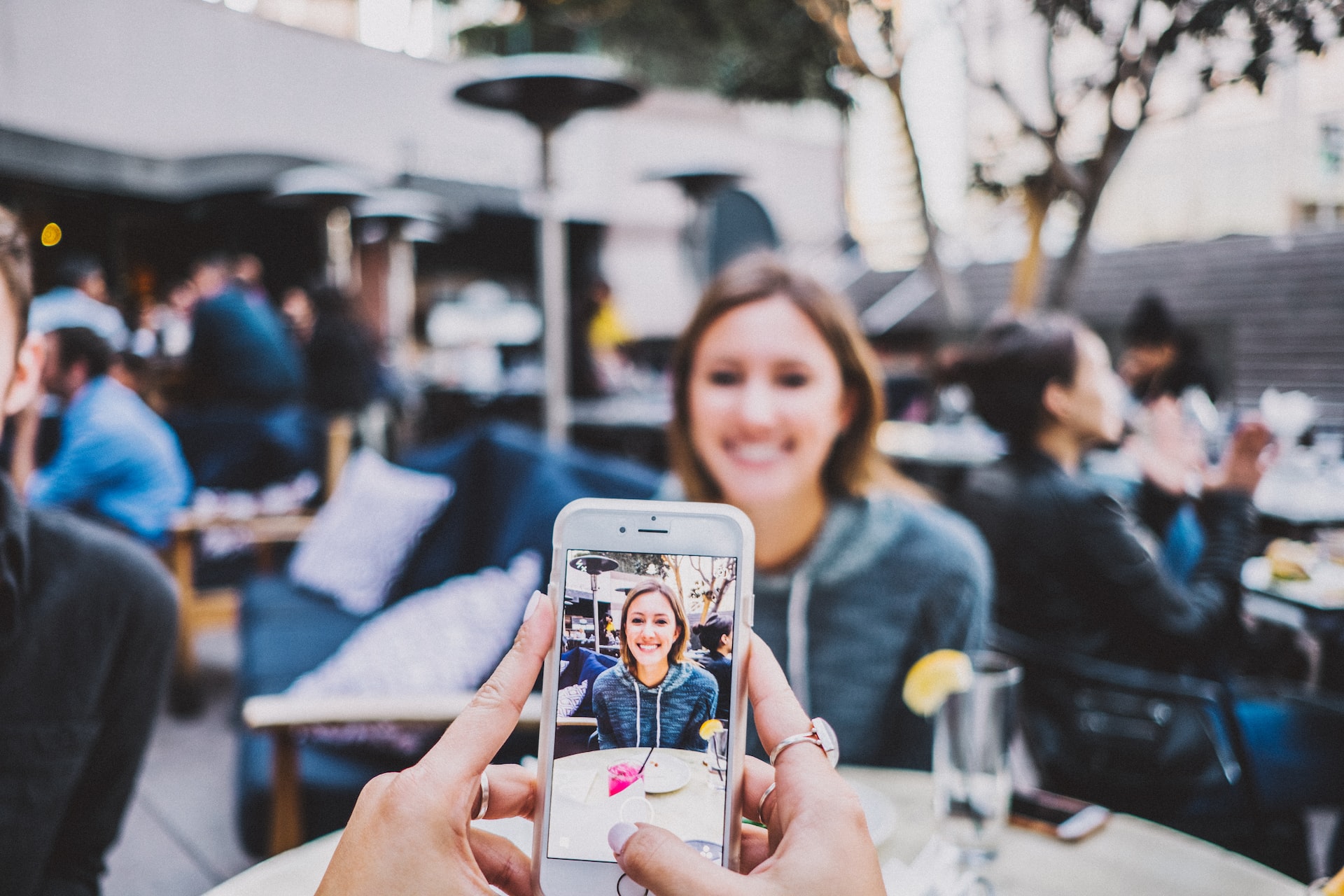
Video has proven particularly effective at showcasing travel content, providing users with a snapshot of the sights and sounds of travel destinations around the world. With a number of local creators leading the charge and contributing to the development of the rising #traveltok subculture, TikTok is well positioned to become South Africa’s platform of choice for travel and tourism content.
The popularity of travel content online speaks strongly to the prominence of social currency in the digital age. With online reviews being the digital version of “word-of-mouth marketing,” the influence of social platform users plays a key role in how other users make decisions, particularly around travel and tourism.
#Traveltok
Since its inception in late 2016, TikTok has developed organically, with user-driven content moulding and defining several global trends that have become synonymous with TikTok’s digital community. One of these trends is the emergence of subcultures – or groups of users who produce and share content based on a common interest.
#Traveltok, the hashtag under which travel content is curated has garnered over 3 billion in-app views to date – a stark example of the inroads being made by TikTok in the tourism environment.
So what does this mean for travel and tourism-related brands? Travel content on TikTok is all-encompassing – it talks to users who enjoy luxury travel, backpackers, nature enthusiasts, seekers of undiscovered gems and everyone in between. Now, with travel heading into its highest season after two years of lockdown due to the COVID-19 pandemic, brands have the unique opportunity to leverage the conversation and join the hype around travel content on TikTok.
Regarding the reference to the all-encompassing nature of travel content on TikTok, a scroll through the #traveltok videos will paint a vibrant picture of the diverse interests and preferences of the digital community.
On #traveltok, users will discover abandoned, ancient villages in rural areas alongside views of sprawling metropolitan landscapes. Closer to home, users can discover hidden gems in places like the Mapungubwe National Park, weekend getaways that are close to the city and groups of buskers on world-renowned beaches like Camps Bay in Cape Town.
What we’ve seen on TikTok over the last two years is the development of a community of users who want to share their worlds with the world. Heading into National Tourism Month, we expect TikTok to be a major driver of the revitalisation of the tourism industry in the digital space as we rediscover and redefine our post-pandemic realities.
In-app tools
Social media users can scroll through video content to find inspiration for their next trip, save ideas for future reference, research specific destinations and even initiate or complete the booking process in-app. This provides brands with multiple ways to identify and gather leads, spark interest and drive conversions along a seamless customer journey.
Furthermore, the rise in the popularity of user-generated content has compelled social networks to produce a number of in-app tools that can provide support for brands and content creators. Several of these tools focus on the creative aspect of content creation and help users to leverage the efficacy of visual stimuli. But the rise in popularity of travel-related content across the board has also necessitated the creation of tools that encourage greater inclusivity and accessibility.
For TikTok, this has manifested in the introduction of a suite of caption and translation tools that support languages beyond South Africa’slingua franca, including Turkish, Spanish and Korean.
Good travel content must have the ability to cross borders – not just physical ones but ones that serve as digital and societal divides. With features such as multi-lingual captions and translations, we hope to invite more users into the world of #traveltok and other emerging subcultures. Guided by the way that our users respond to these developments, we will continue to shape and define how TikTok can be used to connect people.
Picture: Unsplash
ALSO READ: Veld fire forces OR Tambo to close runway, damages two planes

